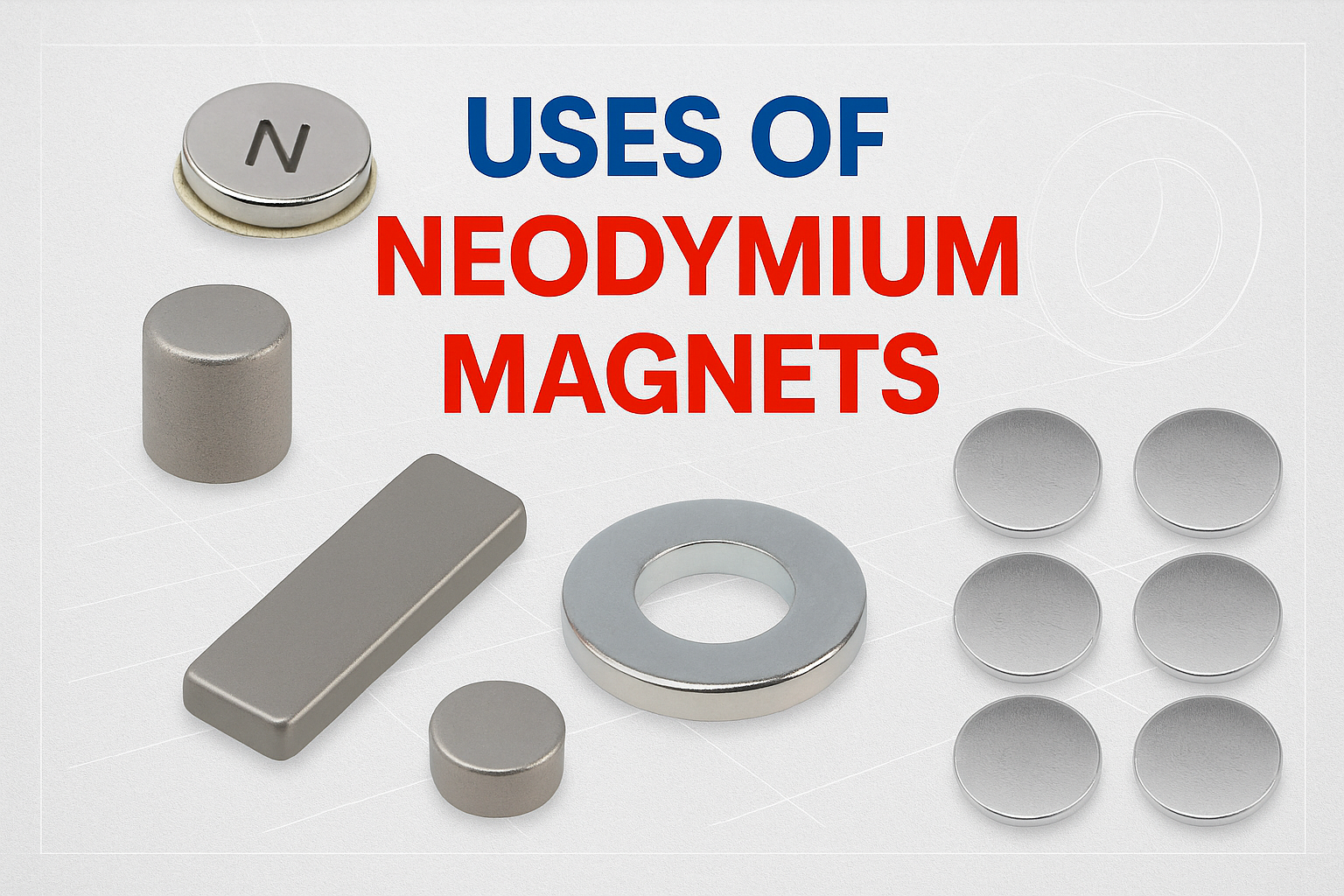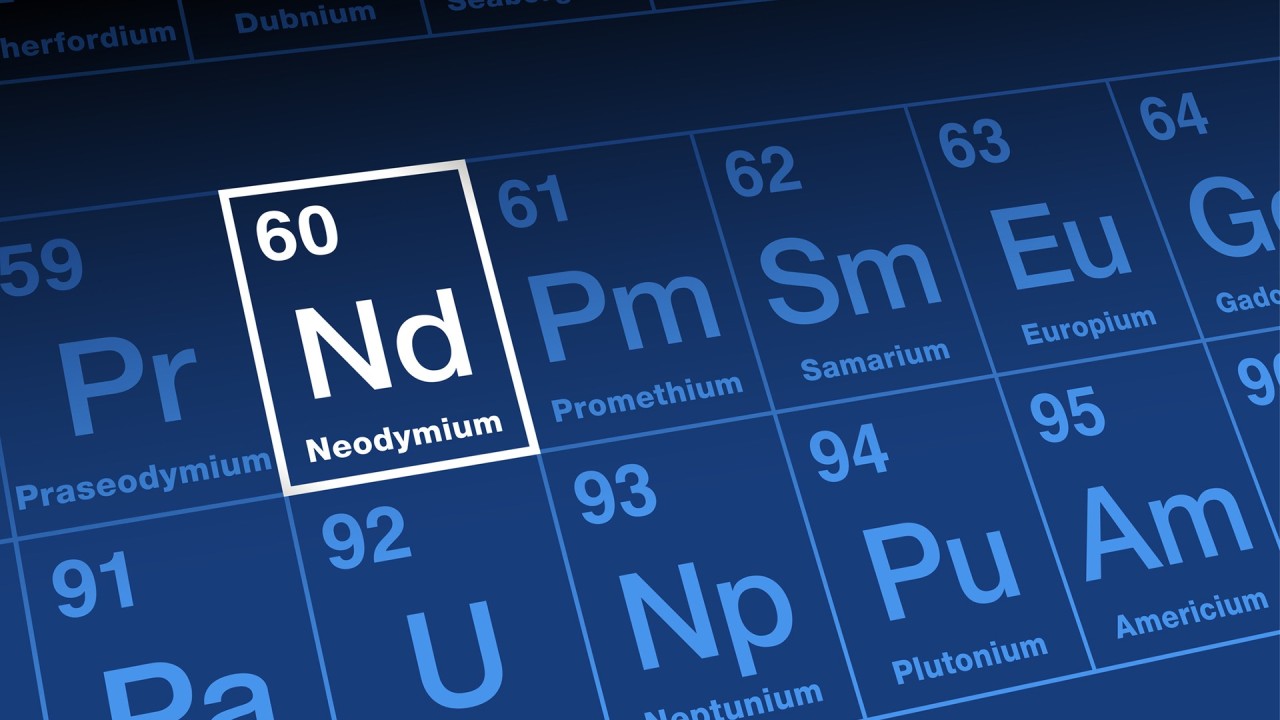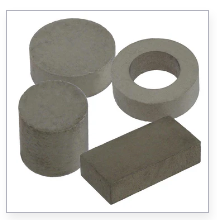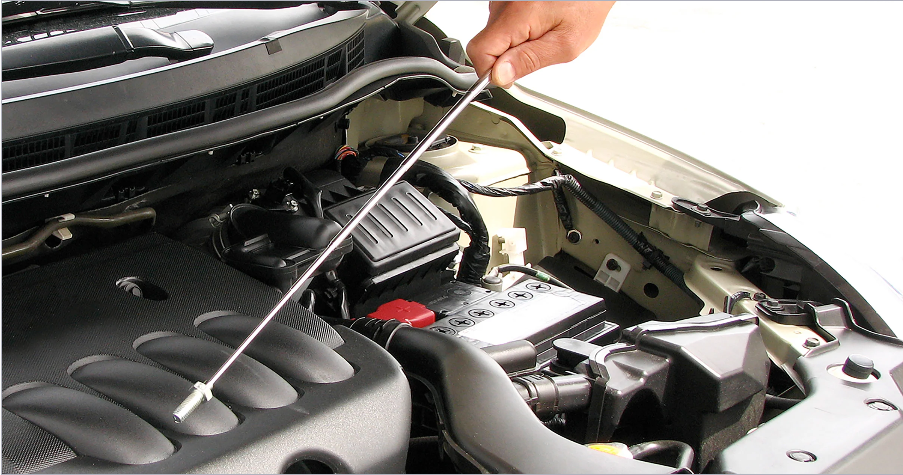- Loss of properties
- Magnetic strength
FEATURED POST
Permanent Magnets and Electromagnets
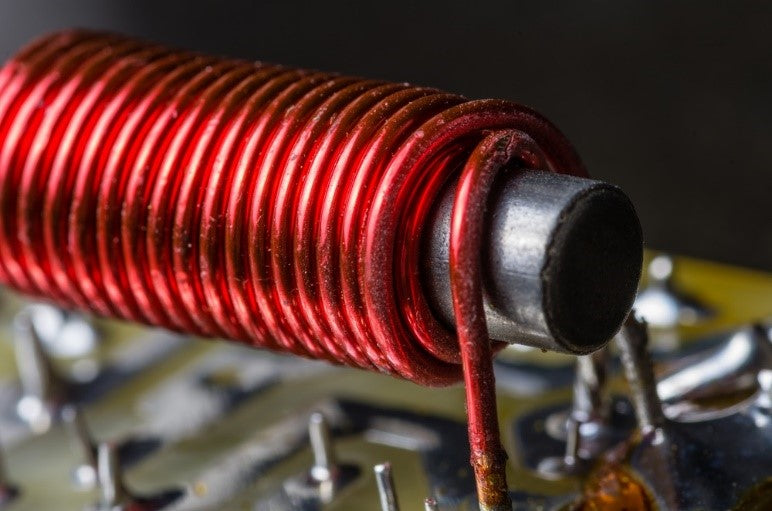
Different Magnet Types Feature Different Properties
By Shalea Hardison
Magnets work in hundreds of applications around you daily. Depending on the use, the magnet could be a permanent magnet or an electromagnet. Permanent magnets and electromagnets both possess different characteristics and benefits.
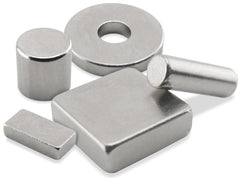
Permanent Magnets
As the name suggests, a permanent magnet is any magnetic material whose atoms have been permanently aligned to create a persistent magnetic field. The magnetizing process occurs during manufacturing
Permanent magnets can be made of several different materials, including ceramic, alnico, samarium-cobalt, and neodymium. Neodymium and samarium-cobalt magnets are also classified as rare earth magnets. These magnets have superior holding strength in comparison to the size of material.
Electromagnets
Also aptly named, an electromagnet operates based on electricity. The magnetic force is generated when the electricity is turned on and stops when the electrical current is disconnected. A simple electromagnet is created by wrapping conductive wire in tight coils around a ferrous core. Once the wire is hooked to electricity, a magnetic field is created. The magnetic field stops when the electrical current ceases.
Differences Between Permanent Magnets and Electromagnets
On a general level, the difference between permanent magnets and electromagnets comes down to two main points:
Obviously by definition, permanent magnets retain their magnetic strength perpetually. With very few exceptions, including exceeding maximum operating temperature, permanent magnets remain magnetized constantly. However, electromagnets gain or lose their magnetic properties based on the supply of electrical current.
The magnetic strength of permanent magnets largely depends on the material make-up of the magnet. Their inherent physical structures dictates the maximum amount of strength based on material, size and shape. It is a fixed number that doesn’t change after magnetization. On the other hand, electromagnets see their strength fluctuate depending on the amount of current supplied. The same electromagnet can provide multiple magnetic strengths.
Choosing Permanent Magnets
Permanent magnets have the main benefit of operating without a power supply, making them energy efficient. They are easily portable to a variety of locations. Furthermore, their availability in very small dimensions make them ideal for size-limited applications.
Permanent magnets face limitations in operating temperatures. This loss of strength in very hot environments make them unsuitable for some applications – or require special cooling. Their fixed magnetic pull strength can also make them unattractive to users looking for a great deal of flexibility.
Choosing Electromagnets
Electromagnets have the main benefit of manipulating their magnetic pull strength – both by turning the magnet on or off and by adjusting the current. They also feature greater pull strength than permanent magnets. Some estimates place the largest electromagnet at 20 times stronger than the strongest permanent magnet.
Because significant amounts of coiling is needed to create very strong magnetic fields, their size can be prohibitive to some applications. Additionally, supplying too much current to the electromagnet can create shorts, rendering the magnet useless until it is recoiled.
This overview of permanent magnets and electromagnets just touches the surface of the complexities of these magnet materials. Master Magnetics exclusively manufactures and distributes permanent magnets.
Our Magnet Experts can answer any questions you have about permanent magnets and their unique properties. Contact us for more information.






